Discover the Vietnamese National Museum of History: A Journey Through Time
The Vietnamese National Museum of History is one of the best locations to see Vietnam’s rich tapestry of past. From royal jewels to old relics, the museum is a cultural lighthouse for residents as well as visitors. Let MOTOGO Tours investigate
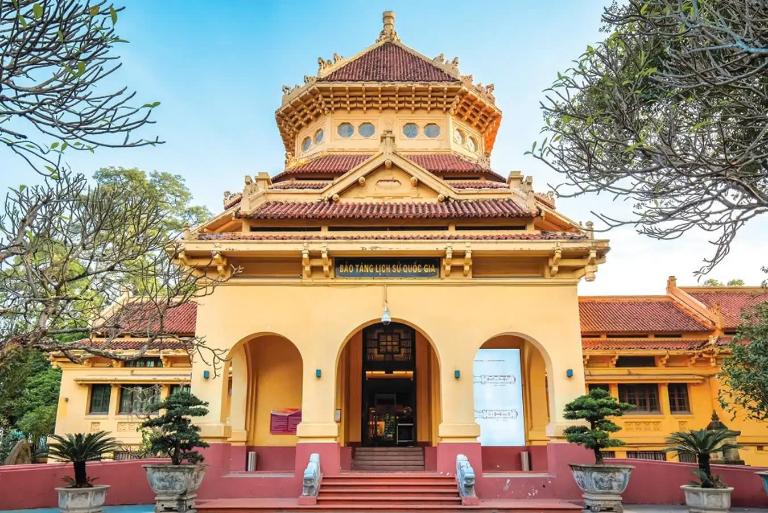
Location and Summary of Vietnamese National Museum of History
Located right in the center of Hanoi, the Vietnamese National Museum of History is one of the must-visit destinations on the Hanoi Motorbike Tours. It offers a window into the national soul. Offering a wealth of history going back to prehistoric periods, the museum chronicles Vietnam’s trip across time.
Location and accessibility
Situated in the Hoan Kiem District of Hanoi, a prominent location in the city within a short walk from other well-known sites such Hoan Kiem Lake and the Hanoi Opera House, the museum is 1 Trang Tien Street. The museum is conveniently located whether your mode of transportation is foot, taxi, motorbike or otherwise. For those negotiating Hanoi’s energetic cityscape, public transportation is also accessible; bus stops are close-by.
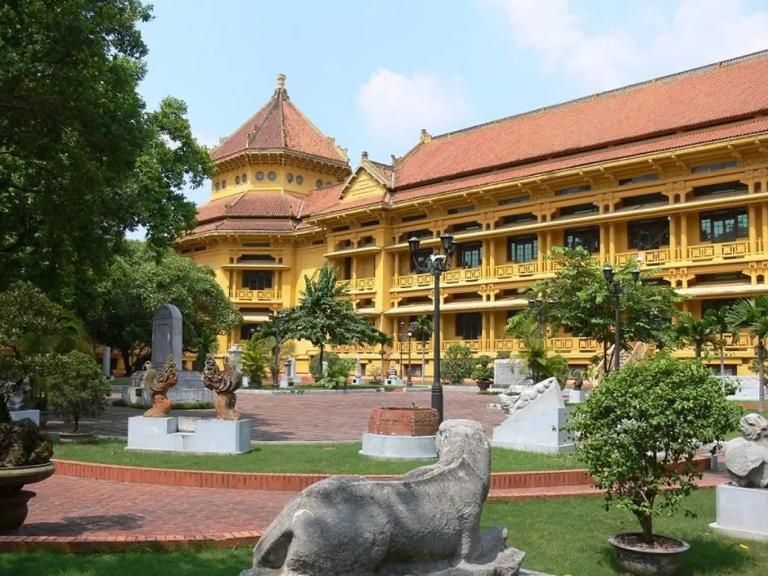
The area’s many cafes, restaurants, and stores appeals to many who want to explore further following their museum trip. Many visitors like combining a visit to the busy Old Quarter, just a few blocks away, with a leisurely walk around Hoan Kiem Lake or a stop to the museum.
The museum’s architectural style
Designed mostly in line with the neoclassical style, the Vietnamese National Museum of History is an amazing illustration of French colonial architecture. Built in the early 20th century, the building’s façade has symmetrical forms, huge arched windows, and exquisite ornamental details that accentuate its air of both elegance and power.
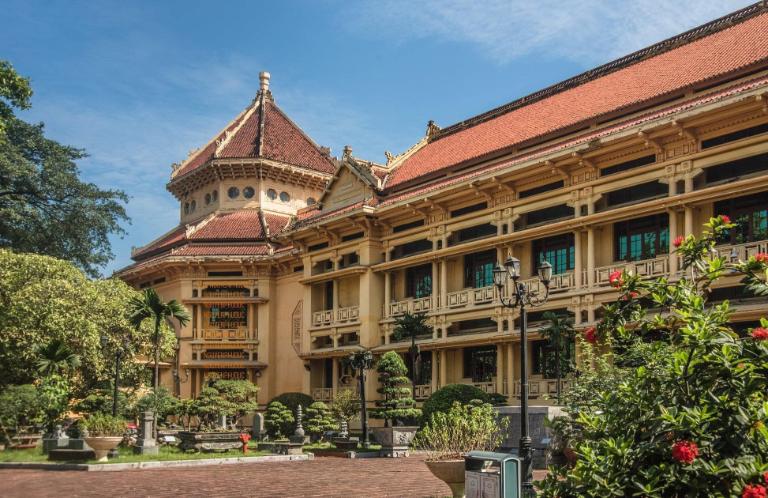
Simultaneously, the museum uses traditional Vietnamese architectural features, therefore serving as a symbolic link between the colonial era and the national cultural character. Yellow walls, a color traditionally associated with Vietnamese nobility, combined with sloping tiled rooftops evocative of pagodas creates a distinctive fusion of indigenous and foreign design. The structure is not just a significant cultural monument but also a piece of art in and itself because to this harmonic blending of forms.
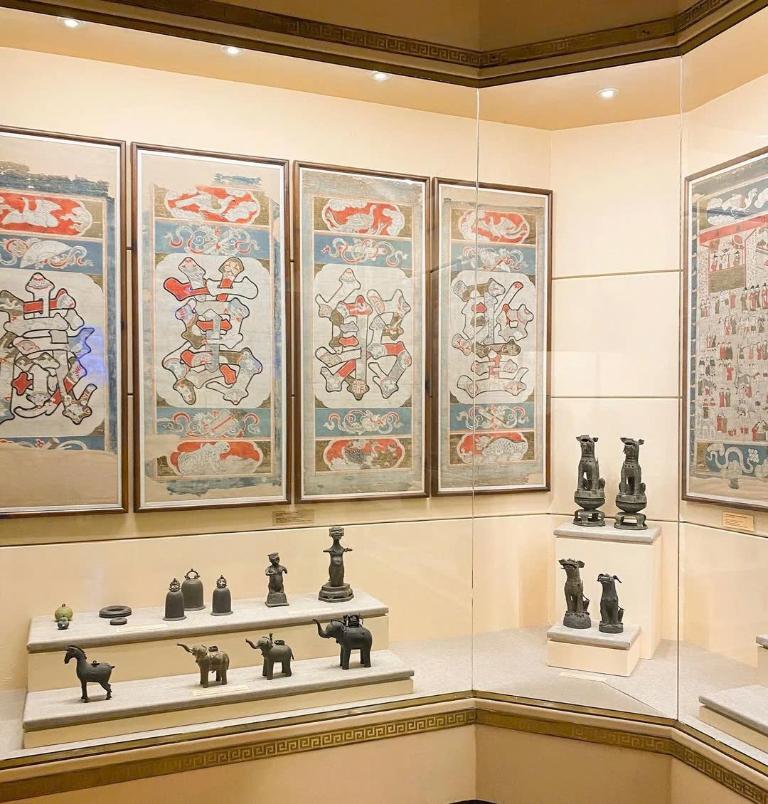
Inside, the layout is well-considered and features roomy galleries and carefully placed exhibits. The museum’s architecture lets guests travel smoothly through Vietnam’s past by allowing simple passage between many historical eras. Attracting not only history buffs but also those who value cultural architecture, the Vietnamese National Museum of History is really a monument in Hanoi with both architectural beauty and historical importance.
>>> Let’s see more: All You Need to Know About Ho Chi Minh Museum in Hanoi: History, Hours, and Tickets
Collections and Exhibits of Vietnamese National Museum of History
From prehistoric periods to the present, the Vietnamese National Museum of History is evidence of the nation’s rich and multifarious past. With more than 200,000 objects on show, the museum’s collections span several eras and subjects, therefore providing guests with a whole trip through the past.
Exhibition from the Prehistoric Era
The prehistoric part of the museum provides a window into the first phases of human existence in what is now Vietnam. This collection spans numerous eras, from the Paleolithic to the Neolithic and Bronze Ages. From 500,000 years ago, the museum exhibits tools, weapons, and other objects used by early humans residing in Vietnam. These include early Southeast Asian human society development shown in pottery fragments, spearheads, and crude hand axes.
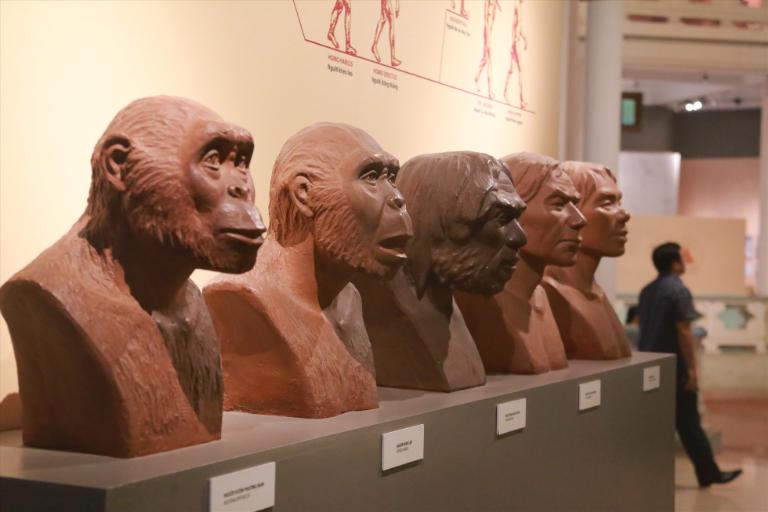
One of the best collections in this area comes from the Bronze Age, when metalworking developed. Visitors can see early bronze tools and swords as well as daily use ceramic ceramics. The objects demonstrate the change from a nomadic way of life to more permanent towns and agricultural communities.
Imperial Dynasties Shows
The museum’s noteworthy collection from Vietnam’s imperial dynasties—including the Ly, Tran, and Le dynasties—will be on display going forward. Beautifully made pottery, bronze objects, and religious sculptures abound among the Ly (1009–1225 AD) and Tran (1225–1400 AD) dynasty artifacts. These objects highlight the riches and cultural sophistication of the empire as well as the Buddhist influence that blossom during these times.
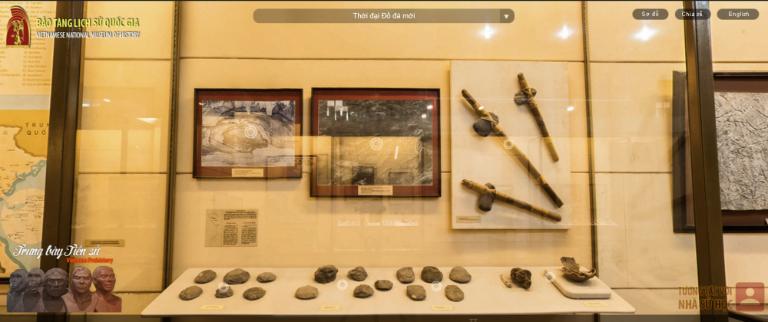
Royal treasures including swords, seals, and ceremonial robes abound from the Le dynasty (1428–1789 AD). Objects from the imperial court show the subtleties of the political institutions and the artistic flourish under these leaders. Because of their workmanship and historical relevance, the imperial seals—used to validate decrees—are very interesting.
>>> Let’s see more: Discover the Hanoi Museum: A Journey Through Vietnam’s History
Colonial Period and Resistance Activities
By including relics from the French colonial era and the fight of the Vietnamese people for freedom, the museum also presents a clear contrast. This part explores a moment of political change and instability. Late 19th-century French colonists of Vietnam left their mark on many objects, including French-style tools, buildings, and uniforms. This section of the show clarifies how French colonizing changed Vietnam’s political system, economics, and society.
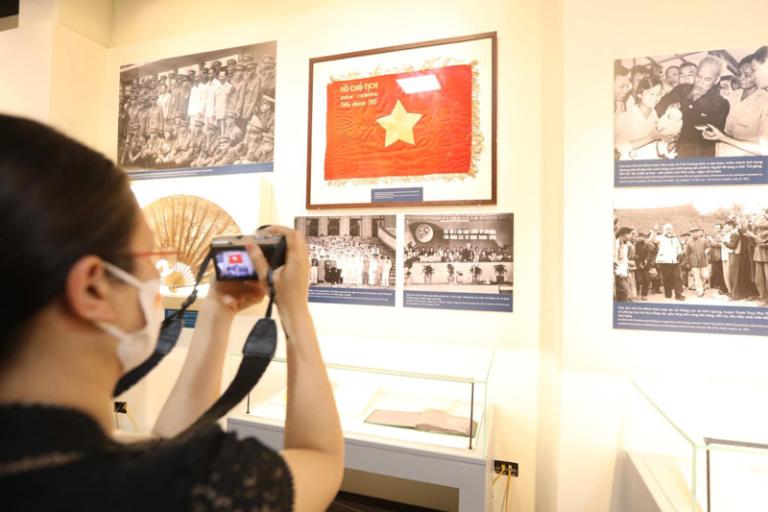
Comprising important artifacts from the early 20th century up to the end of the First Indochina War, this collection’s most poignant element is devoted to Vietnam’s fight for independence. On exhibit are revolutionary posters, propaganda items, and weapons carried by Vietnamese guerilla troops. A collection of letters penned by Vietnamese independence fighters demonstrating the tenacity and will of the people during the liberation struggle is one moving piece.
Highlights of the Vietnamese National Museum of History
Dong Son Culture Exhibition
The Dong Son culture relics are among the most honored collections in the museum. From from 1000 BC until 100 AD, the Dong Son civilization was an old one flourishing in southern Vietnam. One especially well-known aspect of this civilization is its sophisticated bronze metallurgy.
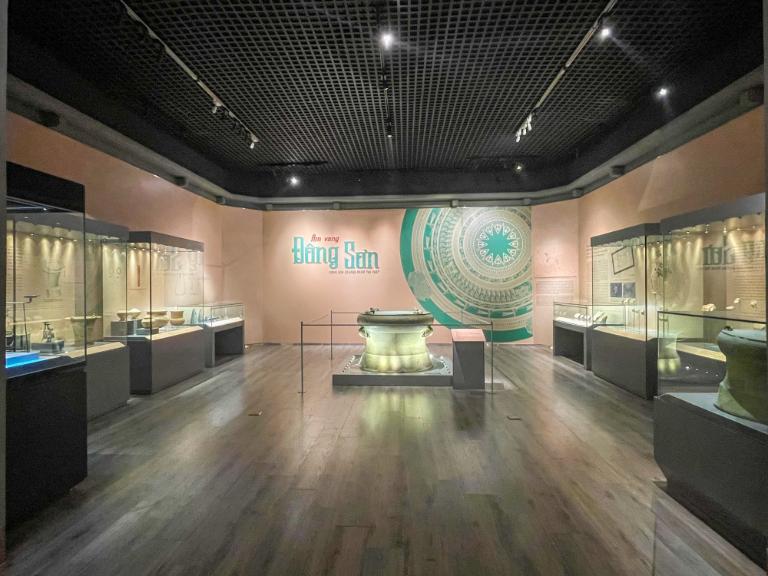
Maybe the most famous item in the museum are the Dong Son bronze drums. Richly adorned with pictures of daily life, warriors, and animals, these drums used in religious rites reflect The complex patterns on the drums provide historians with understanding of the customs, farming, and daily life of the time.
Along with the drums, the exhibit showcases bronze tools, swords, and jewelry displaying the great degree of workmanship accomplished by the Dong Son people. These relics draw attention to the creative and technological successes of this prehistoric society.
>>> Let’s see more: Vietnamese Military History Museum: A Testament to National Pride
Kingdom of Champa: Collection
Among the most extraordinary works in the collection are the Champa statues. Together with mythical creatures, these stone engravings show Hindu gods including Shiva, Vishnu, and Ganesha. These sculptures’ intricacy and attention to detail mirror Champa religious traditions and architecture’s impact from Indian culture.

The museum houses antiquities from many Champa temple sites; the kingdom is especially renowned for its temple architecture. These artifacts show the grandeur and complexity of Champa temple building, including bits of temple walls and ornamental accents.
The Royal Treasures of Vietnam
Seeing the royal jewels from Vietnam’s imperial past completes a visit to the museum. Many of these delicate and exquisite objects provide a window into the opulent life of the Vietnamese monarchs. Excellent specimens of imperial crowns, necklaces, and bracelets worn by the ruling class abound in the collection. Made from stones and precious metals, these objects mirror the grandeur and artistic sensibility of the Vietnamese royal family.
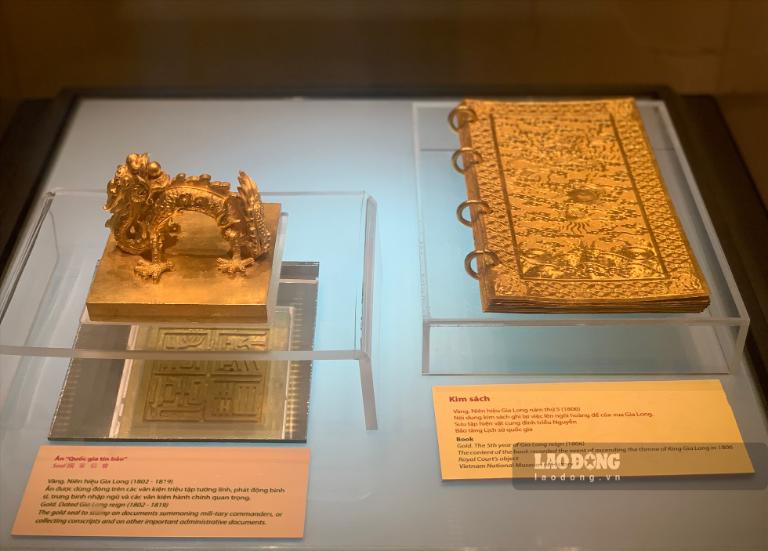
Important elements in this collection include the royal robes and imperial seals worn at significant events. The seals mark the legitimacy and sovereignty of the emperor’s rule; the robes are finely embroidered with dragons, phoenixes, and other symbols of power and authority. These jewels not only highlight the creative prowess of the imperial court but also act as emblems of the power and influence the kings of Vietnam possessed.
Visitor Information of Vietnamese National Museum of History
Making plans to visit the Vietnamese National Museum of History will improve your experience and help you to completely engage yourself in the rich tapestry of Vietnam’s historical legacy. Here is all you need to know about amenities, opening hours, ticketing, and advice to guarantee a seamless visit.
Ticket Prices and Opening Times of Vietnamese National Museum of History
A hassle-free visit depends on one knowing the ticketing and functioning hours of the museum.
Ticket prices:
- Adults: Of course, 40,000 VND.
- Students and children can apply discounted pricing, usually approximately 20,000 VND.
- Group Tours: One could negotiate discounted rates for bigger groups. To confirm any discounts and schedule group visits, it’s best to get in touch with the museum ahead of time.
Closing Hours:
- Daily operations of the museum run from 8:00 AM to 5:00 PM.
- Closed Mondays: Every Monday the museum closes; hence, make sure your visit fits this schedule.
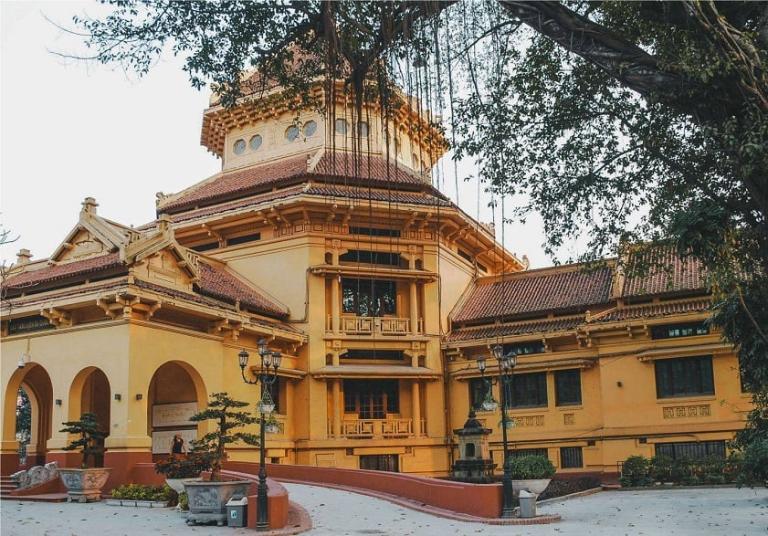
Advice for Guests
Try the following to improve your visit at the Vietnamese National Museum of History:
- Plan Your Visit: The large collection of the museum helps you to make advance plans. Sort the exhibits in order of most interest to you; some guests may choose to spend more time in particular areas.
- Time for Your Visit: Usually less busy early mornings let one experience more leisurely. Usually calmer than weekends, weekdays should be seen if your schedule permits.
- Most parts of the museum let photography, however always be on lookout for any signs suggesting limitations. One might create wonderful recollections by catching the exquisite objects.
- Stay Hydrated: Particularly if you intend to see several displays, pack a water bottle. The café serves beverages; but, having your own water would be more handy.
- Participate on a guided tour and use the chance to ask questions. The educated guides can offer amazing insights not found in the exhibit descriptions.
- The museum runs unique events and temporary exhibits all year round. To further enhance your experience, find out about any events occurring during your visit by visiting the museum website or asking at the front desk.
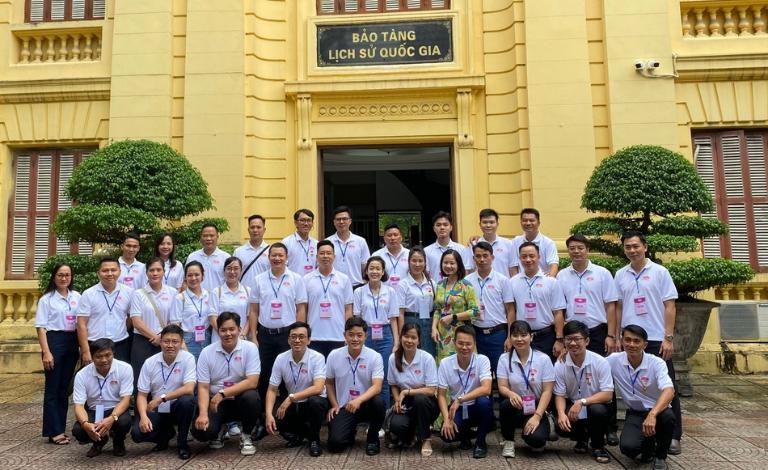
A veritable gold mine providing an intimate look at Vietnam’s intriguing past is the Vietnamese National Museum of History. From royal jewels to primordial relics, it offers an amazing trip across time. This museum is a must-see whether your interests lie in history or simply in a better knowledge of Vietnam.
Related posts:












Be the first to comment!